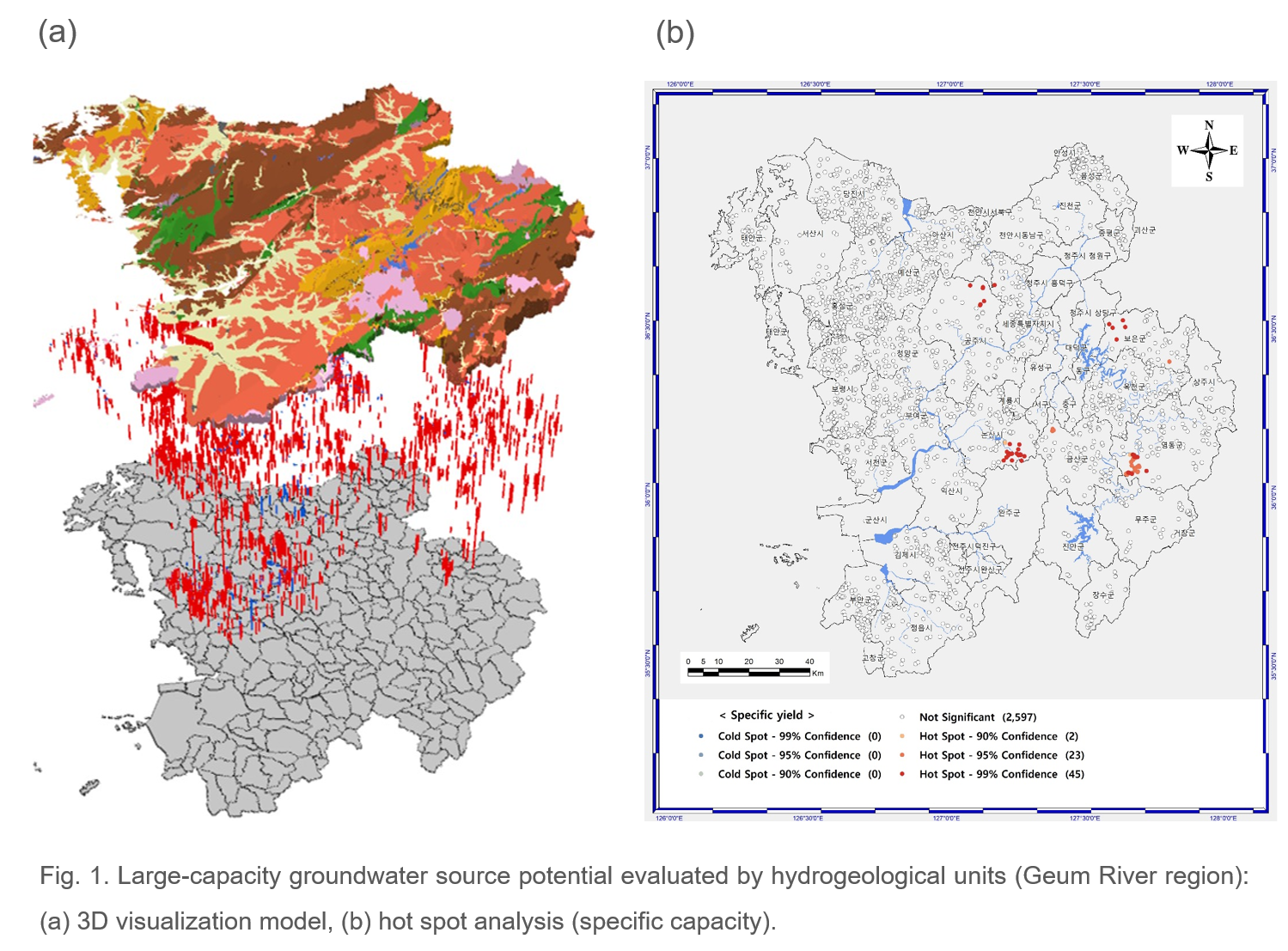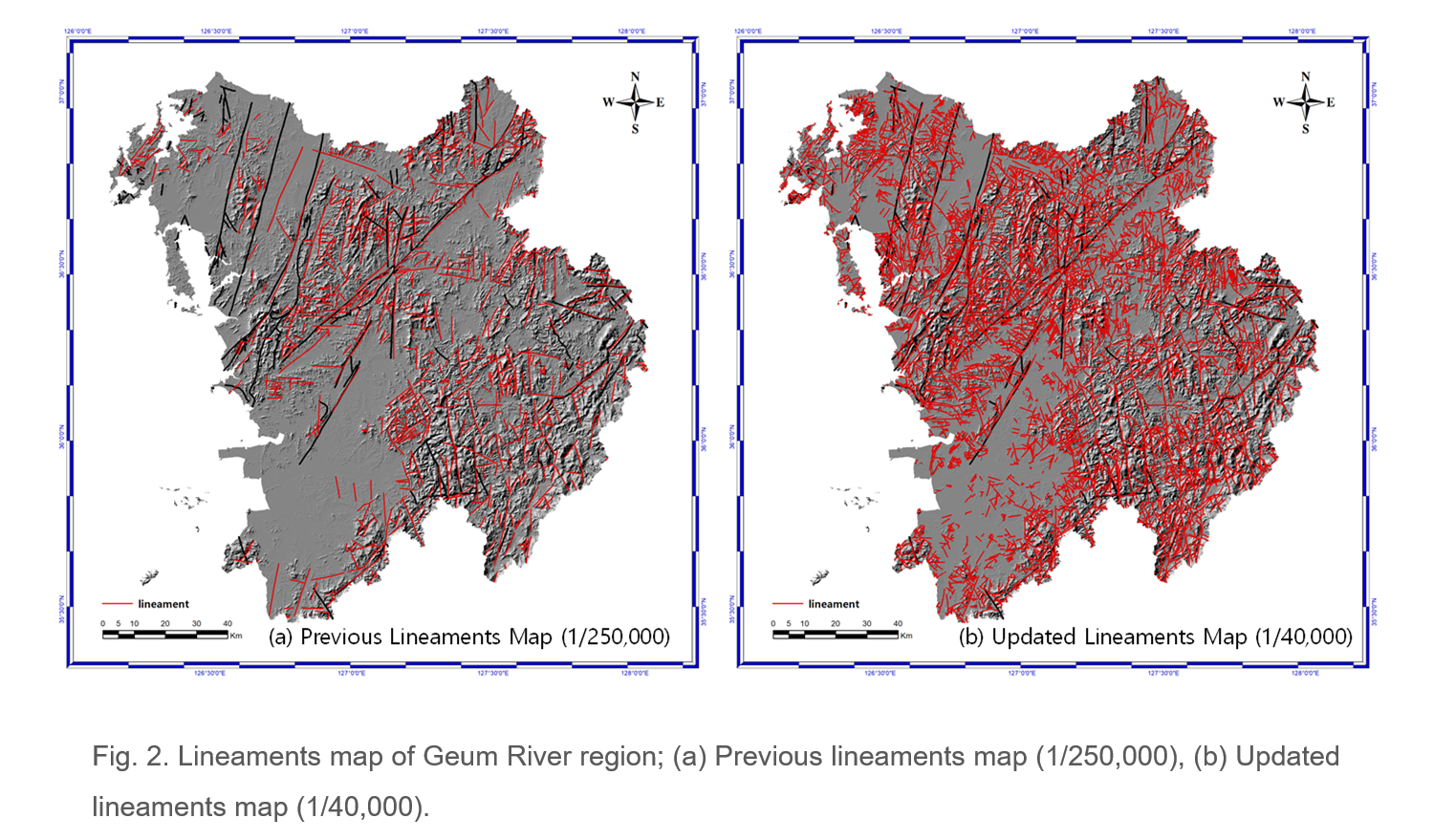
In order to respond to climate change and effectively utilize groundwater in extreme conditions such as drought, it is necessary to reliably evaluate the characteristics of groundwater yields and occurrences and classify major groundwater aquifers having large water storage and good transmissivity. This task needs to be performed on the basis of four major river (Han, Nakdong, Geum and Yeongsan River) regions in Korea, and will be run consecutively for two years every river region. Firstly, during 2019-2020, we are examining the Geum River region by using the previously investigated reports including the national basic GW investigations by MOLIT(Ministry of Land, Infrastructure and Transport) and ME(Ministry of Environment) and local GW yields reports by MAFRA(Ministry of Agriculture, food and Rural Affairs). To ensure the data reliability, well locations and their water yields were thoroughly examined. After the initial examination of over 20,000 well data, we obtained 4,092 valid well data and applied to the hot spot analysis for designating the potential area of high groundwater yields in Geum River region. Seven hydrogeological units (intrusive igneous rocks, meta-sedimentary rocks, crystalline metamorphic rocks, non-porous volcanic rocks, carbonate rocks, clastic sedimentary rocks and unconsolidated sediments) were classified in Geum River region and used to interpret the geological environments for bearing good aquifers and explain the reasonable cause for five hot spot areas with great specific yield. (Gongju and Yeongdong in crystalline metamorphic rock unit; Nonsan, Geumsan and Boeun in meta-sedimentary rock unit.) In this study, 8,330 lineaments were extracted in the Geum River region by using the air photographs in the scale of 1/20,000 or 1/40,000. For coping with climate change and sudden severe weather, it is important to maximize the utilization of groundwater as a water resource and to increase the value of groundwater in Korea.
For this, precise characterization of groundwater yields and occurrences is necessary and major aquifer classifications should be done based on hydrogeological units coupled with geological structures such as fold, fault, joint systems, bedding planes, lineaments. Such major aquifer classifications with large-capacity of groundwater, expectation of exploitable area for groundwater resources, and procurement of promising groundwater intake sources can be essential factors in establishing the national water plans including National Water Management Basic Plan, the Geum River Basin Water Comprehensive Plan, and the Municipal Groundwater Management Plan.
Contact: Sang-Ho Moon (msh@kigam.re.kr)

